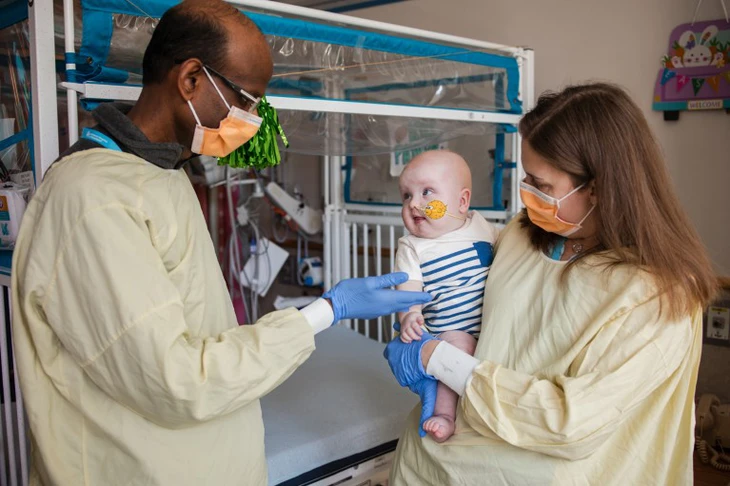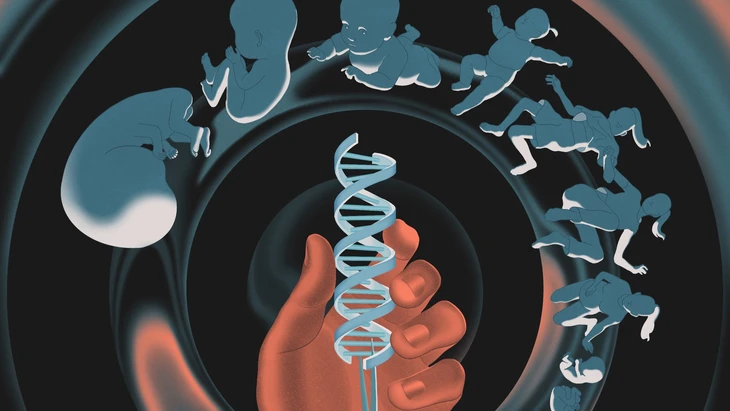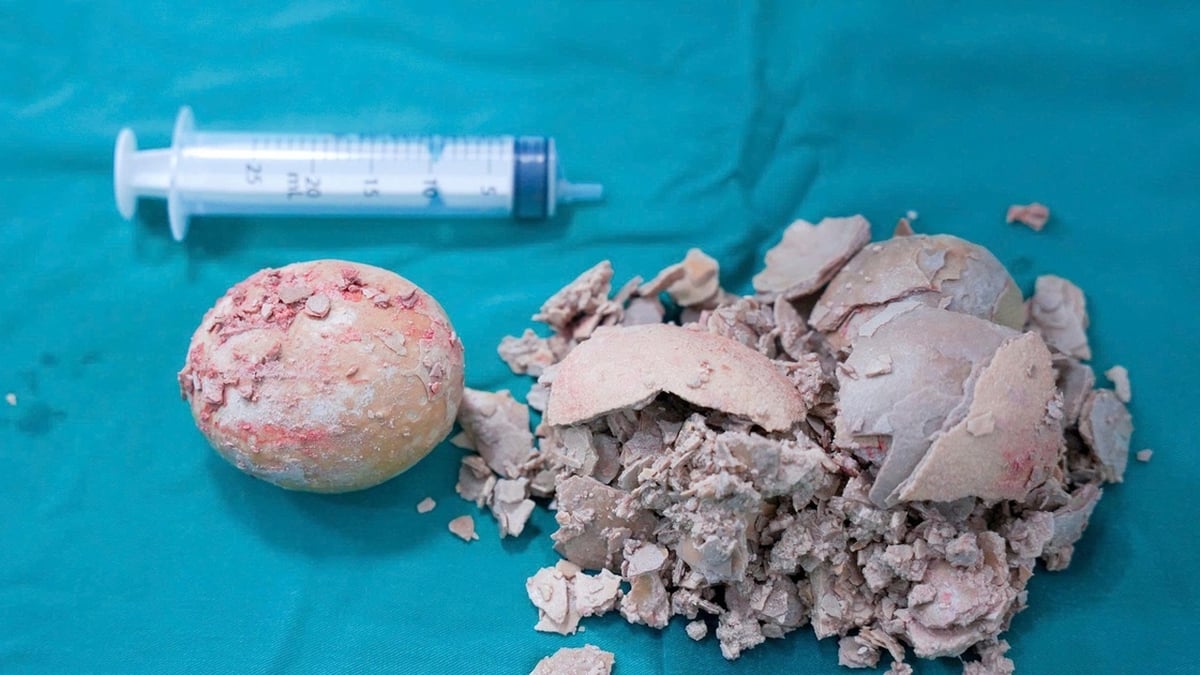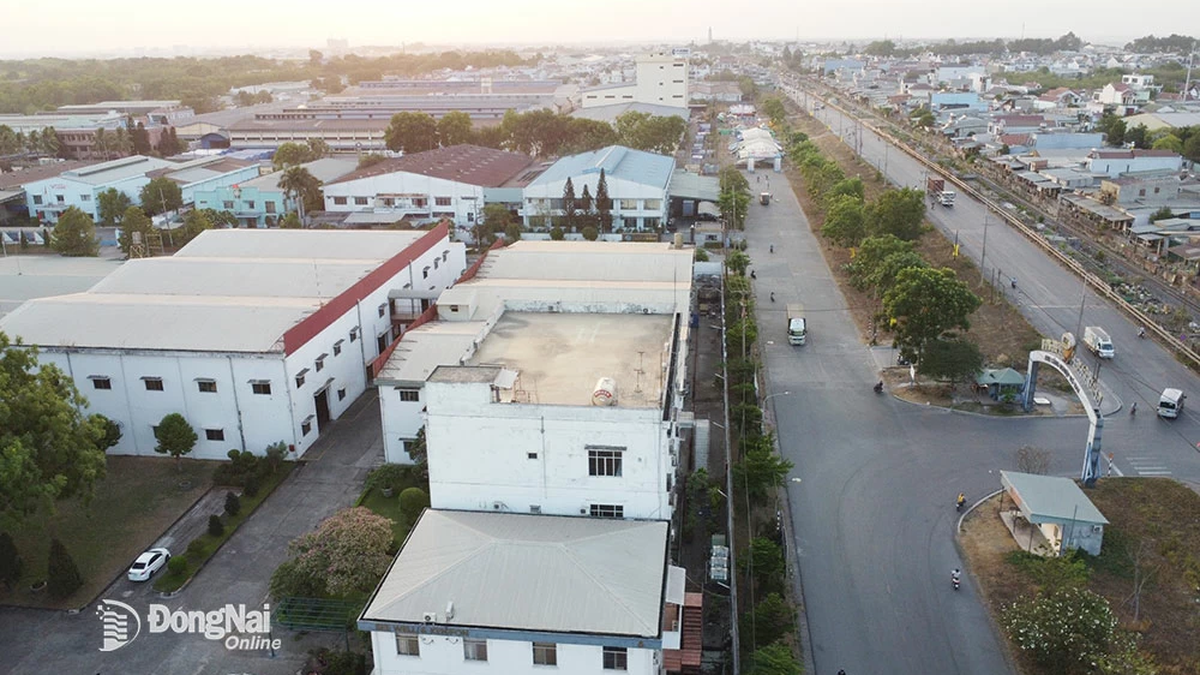Baby KJ has shown signs of recovery and normal development after being treated with gene editing technology - Photo: Children's Hospital of Philadelphia
A baby boy in Pennsylvania (USA) has miraculously recovered after being treated with a completely new gene editing therapy, opening a new chapter for personalized medicine and treatment of rare genetic diseases.
"Lightning-fast" gene editing therapy
According to CNN, shortly after birth, baby KJ Muldoon was diagnosed with CPS1 enzyme deficiency - an extremely rare metabolic disorder that prevents the body from eliminating excess ammonia. When ammonia accumulates in the blood, it can lead to brain damage and death.
It is estimated that only about 1 in 1,000,000 newborns have this disease, and half of them die within the first months of life.
Faced with the risk of losing their child, Kyle and Nicole Muldoon, 34, had to weigh the risks of a complicated liver transplant or agree to a treatment that had never been tried before.
“We prayed, researched, consulted doctors, and ultimately decided to put our faith in science ,” Nicole said.
Soon after, teams at Children’s Hospital of Philadelphia (CHOP) and Penn Medicine collaborated to develop a personalized gene-editing therapy specifically for KJ in just six months, a pace rarely seen in biomedical research.
The therapy uses CRISPR, the gene-editing tool that won the Nobel Prize in 2020. But instead of cutting DNA in the traditional way, scientists applied base editing, a method of precisely changing a wrong "letter" in the genetic code into the correct letter without breaking the DNA chain, helping to reduce the risk of unwanted mutations.
"Creating a personalized therapy in such a short time is a breakthrough," said Dr. Senthil Bhoopalan, a gene therapy expert at St. Jude Children's Research Hospital (USA).
In February 2025, KJ received his first intravenous dose of the treatment. The drug was packaged in tiny lipid nanoparticles that could deliver the modified gene directly to liver cells. Over the next three months, he received two more booster doses.
The results exceeded expectations: the baby was able to eat almost normally, used less medicine, and recovered quickly from illness, something unimaginable for a patient with CPS1. Every small movement of the baby, such as waving his arms or turning over, brought boundless happiness to the family and the medical team.
Looking forward to new achievements
Experts believe that the success of baby KJ's case will be a stepping stone for a series of similar therapies in the future - Photo: Jun Cen
So far, KJ has shown signs of recovery and is developing normally. However, Dr. Rebecca Ahrens-Nicklas, a treatment specialist at CHOP, emphasized that long-term follow-up is needed to assess the safety and long-term effectiveness of this therapy.
One of the major challenges with gene therapy is the high cost of development, so companies tend to target common diseases to ensure profitability. For example, the first CRISPR therapy approved by the US FDA was to treat sickle cell disease, which affects millions of people.
But developing personalized therapies doesn’t have to be expensive if you take advantage of the technology and data available, says Dr. Kiran Musunuru, a member of the research team. He says the total cost of KJ’s treatment “should not exceed” $800,000, which is about the same as an average liver transplant.
Experts believe that KJ's success will pave the way for a host of similar therapies in the future. "We won't have to start from scratch every time. Once we have built the foundation, new approaches will be developed faster and cheaper," Dr Bhoopalan said.
"In the next 5-10 years, I believe that major barriers will be overcome. Once there is the first breakthrough, everything will move forward as a unified block and achieve many new achievements," said neuroscientist Carlos Moraes from the University of Miami.
Back to topic
MINH HAI
Source: https://tuoitre.vn/ky-tich-y-hoc-be-trai-duoc-cuu-song-nho-cong-nghe-chinh-sua-gene-20250516103056736.htm





















































![[Maritime News] More than 80% of global container shipping capacity is in the hands of MSC and major shipping alliances](https://vphoto.vietnam.vn/thumb/402x226/vietnam/resource/IMAGE/2025/7/16/6b4d586c984b4cbf8c5680352b9eaeb0)













































Comment (0)